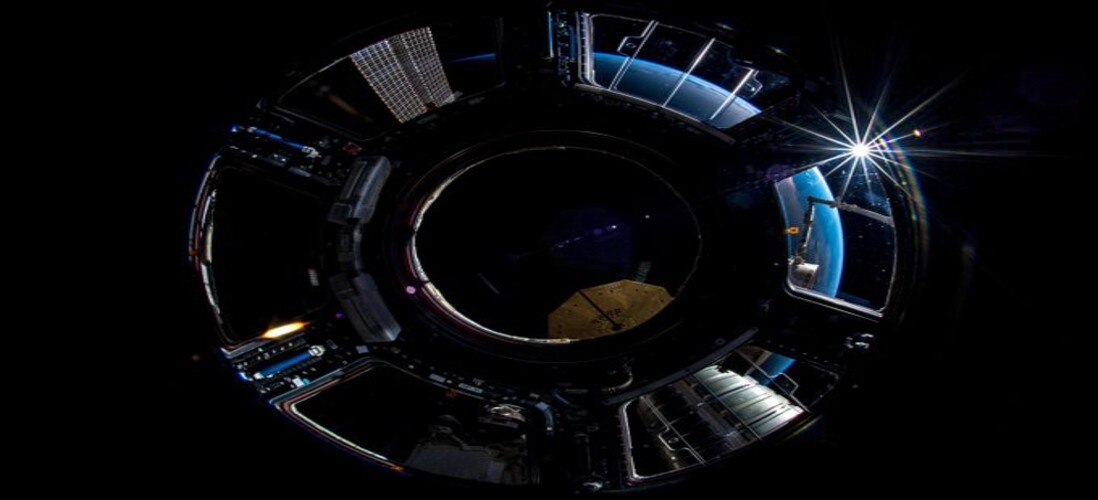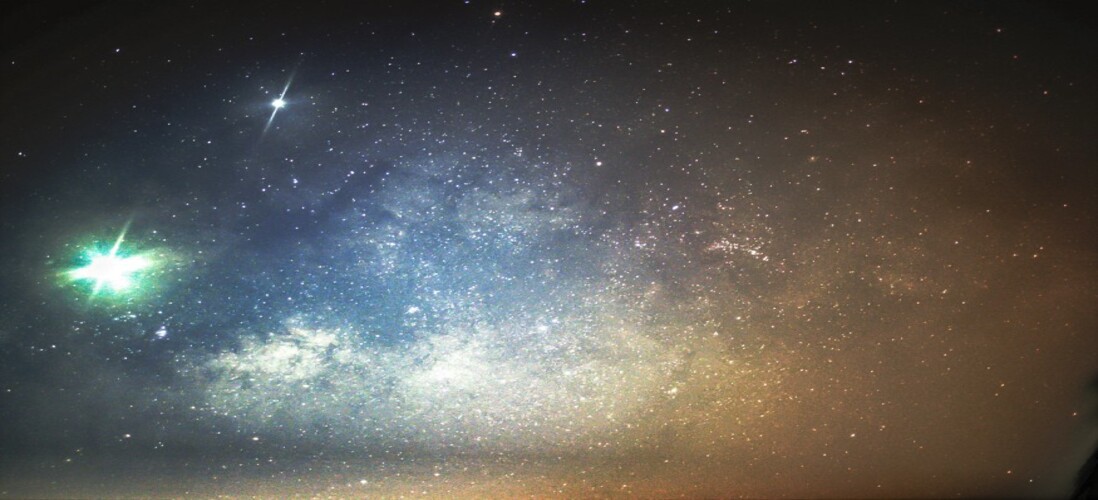A Window to the Origins — The James Webb Space Telescope
For years, scientists have been bugged by questions of how monstrous galaxies, gigantic solar systems, stars and planets came into being. Sure, there are many theories that have been developed and many even verified through various indirect evidences, yet none can be confirmed. Confirmed? An odd choice of a word indeed, because the only way it could ever be confirmed would be if we could go back in time and watch it all happen from scratch. Inching towards science fiction now, aren’t we?
Yet the James Webb Space Telescope is such an enigma that falls in the twilight zone where science fiction and reality meet. Without traveling so much as even a fraction of a second back in time, the 10-billion-dollar instrument is going to look at galactic events that happened millions of years ago. As fictitious as it may sound, it works on a very well-known principle. As we know, the speed of light and other electromagnetic waves is about 300,000,000 m/s. Over a few thousand kilometres such as those on earth, it doesn’t usually take light more than a microsecond to travel from one point to another. But in the vastness of the universe, where distances are colossal, light could even take years to travel. For instance, let’s say you were observing a star in the night sky. Billions of miles away from its origin, at the surface of this star, light begins to travel and takes, say 5 years to reach your eyes on Earth. Now if this star were to die, its light would take five years to finally stop reaching you. In short, the farther away the object is, the more time light takes to travel and the further back in its past we can see.
The JWST will use exactly this principle. It is equipped to be sensitive to particularly the longer wavelengths of light that have the capacity of traveling greater distances with minimal waning of brightness. So, to look at the farthest objects in the cosmic void, we must gather these wavelengths of light. In the electromagnetic spectrum these are called the infrared rays, and are associated with heat. It is here, where the mind-bending design and build of the telescope comes into the picture. To make its instruments sensitive to the most minute changes in heat, the JWST will be tactically kept in orbit on the Earth-Sun Lagrange point, L2. There are a set of five Lagrange points in the Earth-Sun-Moon system. These points are coordinates in space where the gravitational pulls of these three bodies balance out such that a small object can move in an orbit along with them while using minimum fuel to keep itself in motion. Out of these, the point L2 is so located that the JWST will always be hidden from direct sunlight, behind the Earth. Yet, this would not suffice to keep the instruments cold enough. To achieve that, the telescope was given what could only be called as the world’s most powerful sunshield. Made of five layers of heat-resistant material, Kapton, coated with silicon and aluminium, this shield will have the temperature of boiling water on the sun-facing side and a frigid, cold temperature of about 36K (-237.15 degree Celsius) on the side facing the instruments. In addition to this, the instruments are also protected using a cryocooler.
But this is not where the marvel of the telescope’s design ends. You may remember the big blunder that occurred with the Hubble Space Telescope. A miniscule error in the mirror aperture had rendered the images captured by the telescope blurry. It later had to be corrected by astronauts who took a spacewalk to install a corrective lens system in the telescope. The James Webb Telescope however is placed at L2 and is too far to be operated on in space. To avoid the infamous Hubble error, the prudent design of the James Webb’s primary reflection mirror enables it to alter its focal length automatically. The golden honeycomb-slice-like structure is the primary mirror and is strategically made of lightweight beryllium coated with unreactive and heat-reflecting gold. It is equipped with about a 100 motors to alter and control the orientation of each of the 18 hexagon-shaped mirrors.
However, like every instrument ever built, the James Webb Telescope too has its own potential flaws. Due to the massive size of the instrument, it had to be folded intricately so that it could fit into the cargo of the spaceship. In a period that has been called as the 30 days of terror, the unfolding of the instrument is set to take place. Provided everything goes well in this trying phase, the James Webb Space Telescope will only have a lifetime of about 10 years. Because of its tricky location, possibilities of refuelling the instrument are still under doubt.Nonetheless, the design, the build, the instrumentation and the machinery of this telescope have rightfully won itself the title of world’s most powerful telescope ever built, and it continues to be one of humanity’s greatest leaps towards understanding the mysteries of the cosmos better.
Read More


